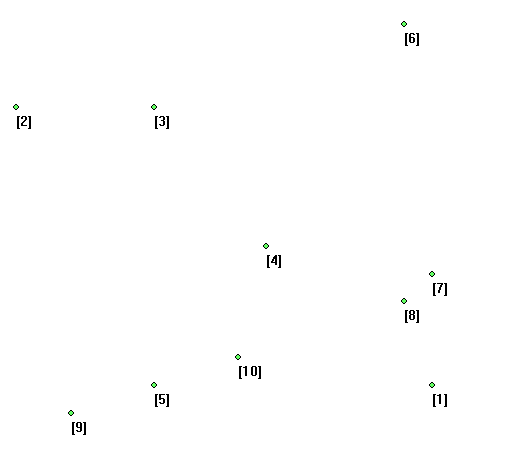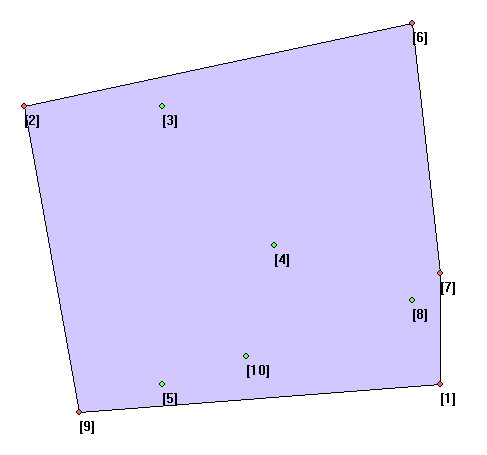被foobar科学院的朋友们拉进坑。
这些逆向题,都算还比较简单的,至少比AdWorld的有些题简单。。
主要使用IDA F5解决。里面的符号名字需配合我的加好注释的i64食用。
Phase_1:显然输入Border relations with Canada have never been better.即可。
Phase_2:程序逻辑是 读入6个数,要求每个数是前面一个数的2倍。且第一个数必须是一。故填入1 2 4 8 16 32。
Phase_3:读入两个数,有一个大Switch,只要照着Switch里的对应关系填好就行。我选0 207.
Phase_4:读入两个数,第二个数没用,但是要求小于14,第一个数调用一个递归函数。懒得看这个递归,暴力跑一下,填0即可。故输入0 0.
Phase_5:首先要求字符串长度是6.然后依次取字符串每个字符的低8位,到长为0xF的字符数组中去置换字符。拼出来是flyers即胜利。一种可能的解是ionefg。
Phase_6:这关是最麻烦的。得一点一点看。注意符号里留下的暗示,node1~node6,其实这些东西代表单链表节点,前8个字节是long long的value,后8个字节是node* 的ptr。把数都读入到arr1[6]里面。第一个大循环要求每个数小于等于6,且数组里每个数不重复。第二个循环使数组里每个数x都变为7-x。第三个循环在栈上开了空间node* v17[6],用来存放单链表节点地址。根据arr1[i]的值来确定v17[i]该存入那个地址。即v17[i]=&node[arr1[i]]。从这里可以猜测判断,前面人输入的数不能是0.必须是1-6.第4个循环最复杂。他的实际作用是根据v17数组的前后顺序更改Node1到Node6这几个节点的连接关系。可配合i64代码自行思考。第5个循环是约束条件,要求链表前面的节点的LODWORD(即Longlong的低32bit signed int)要大于后一个节点的。由此查看Node的内存布局。按照LODWORD排序,应该是3 4 5 6 1 2.再用7去减,就得4 3 2 1 6 5.输入即可通关。
CMU链接:http://csapp.cs.cmu.edu/3e/labs.html
IDA i64下载链接、源程序下载链接:bomb

